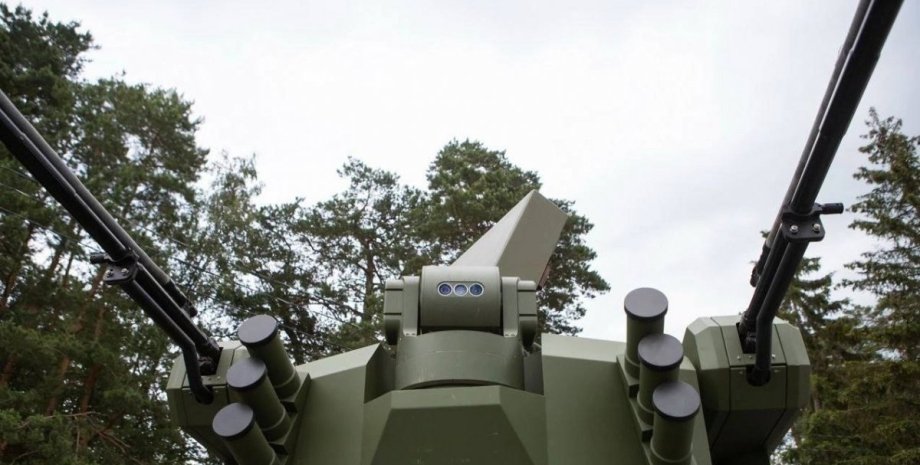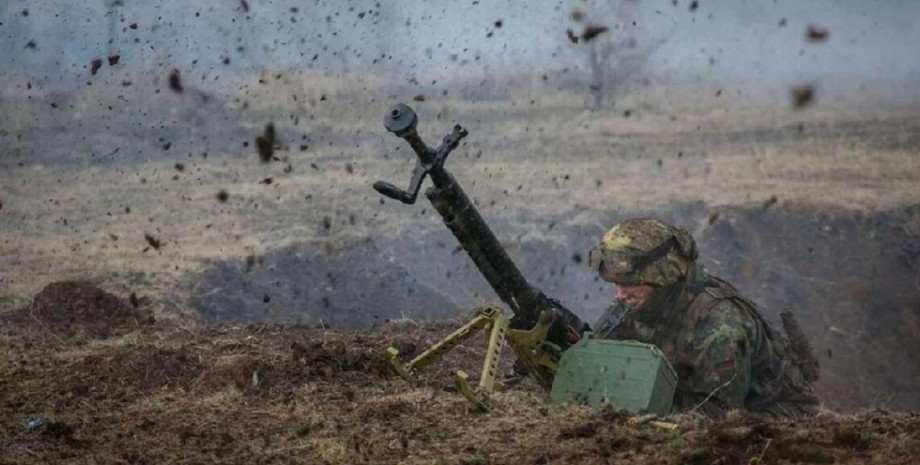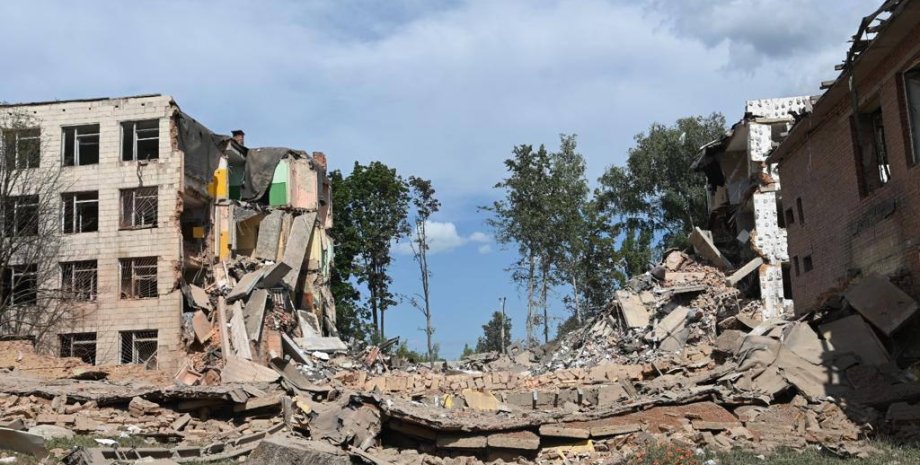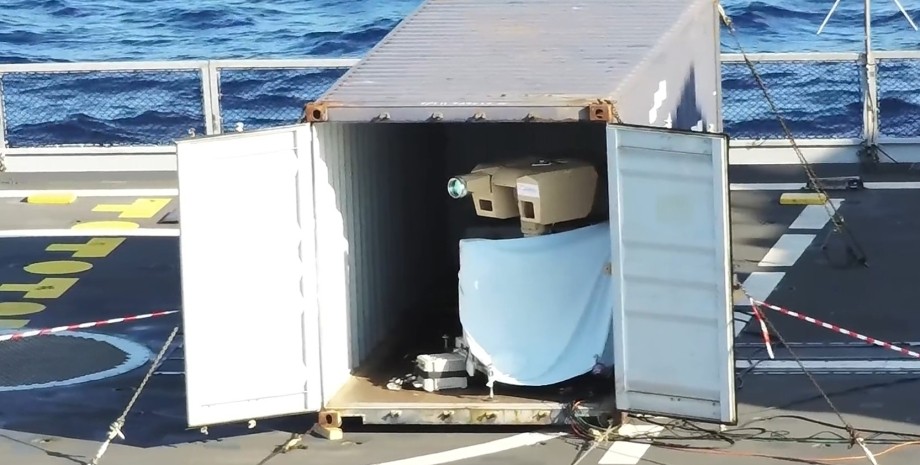
On the night of October 26, 2025, a powerful explosion occurred on the territory of the Belgorod Reservoir in the Belgorod Region of Russia, as a result of which part of the dam was destroyed. Satellite images published online show large-scale flooding of nearby areas and significant destruction of infrastructure. The footage shows that after the explosion, a part of the reservoir burst, and the water level downstream rose sharply, flooding nearby fields and roads.
In the pictures taken on October 20 and 26, you can see how the water mirror has expanded and the current has cut a new channel. The Russian authorities have not officially announced the evacuation of the local population, although eyewitnesses in social networks write about flooded villages and destroyed farms. At the same time, the Belgorod region announced that the detonation was allegedly carried out by Ukrainian troops using the HIMARS missile system.
The Ukrainian side has not officially commented on the incident, but sources in the defense forces suggest that the strike on the dam could have been part of an operation to destroy the enemy's military logistics, since the reservoir is located next to transport arteries used by the Russian military. Military expert Oleg Zhdanov explains that the explosion has primarily military consequences. "Positional areas of at least five Russian brigades have been flooded.
Due to the water breach, the Russians have lost the opportunity to quickly deliver ammunition and equipment to the forward units, which will directly affect their activity at the Vovchan bridgehead. These are not the forward units, but precisely those that provide logistics. Without them, the front will not last long," Zhdanov tells Focus. According to the expert, due to flooding, Russian offensive actions in the direction of Vovchansk may noticeably subside.
"I predict that they will return to the level of combat intensity that was two weeks ago - a maximum of five assaults per day. Now there were up to twenty. Water and weather will do their job," he notes. Zhdanov also explains that the new commander of the Russian group "Pivnich" was trying to demonstrate success by choosing this direction as the main one. Now the situation has changed — flooding, autumn rains and washed-out land create problems for movement.
According to the expert, the strike on the dam was a strategically balanced decision that made it possible to create a natural obstacle for Russian troops without a direct confrontation. Currently, the water continues to recede, but the consequences of the destruction have not yet been fully assessed. If the forecasts are confirmed, the Russian army may lose an important logistical artery in the north, and its attempts to advance in the Slobozhansk direction may literally drown in its own water.
Military analyst Dmytro Snegiriov also notes that the undermining of the Belgorod Dam primarily blocks Russian logistics — both within Russia itself and on the territory of Ukraine. We are talking about the regions of the Kursk region - Hlushkivskyi and Tiotkinskyi, where the Ukrainian Defense Forces control approximately 100 square kilometers. Due to the spillage of water, the movement of military convoys, the supply of fuel, ammunition and equipment is complicated.
The expert also emphasizes that the troops in the Vovchan district of the Kharkiv region will feel the effects the most. In effect, the strike on the dam cut off Russian assault units from rear bases—without the ability to replenish ammunition, conduct rotations, or deliver reinforcements. This significantly reduces the ability of the Russian army to maintain the pace of the offensive. "The Russian army is supported by "meat" - the constant transport of new assault groups.
But the average lifespan of a Russian infantryman on the front line is only 10-12 days. Now that logistics is paralyzed, replenishment practically stops, which will inevitably lead to a decline in the intensity of attacks," Snegiriev tells Focus. According to the analyst, this strike has not only military, but also political significance.
"The day before, the Chief of the General Staff of the Russian Federation Valery Gerasimov reported to Putin about the "successes" in the Kharkiv region, so the destruction of the dam came as a cold shower for the Russian command. The decrease in the pace of the offensive undermines not only Moscow's battle plans, but also its attempts to put pressure on the West, in particular on the United States, where the Russian special representative Dmitriev is currently staying," he continues Snegiriev.
Analysts believe the strike on the dam was carried out by HIMARS systems, not drones, as some sources have claimed. According to the expert, it is almost impossible to destroy such a structure with drones. "The use of American weapons became a clear signal: even with means of limited range, Ukraine is able to effectively hit the territory of the occupying country. Thus, the detonation of the dam has a triple effect - military, economic and political.
It stopped Russian logistics, weakened offensive actions, deprived the enemy of supplies and demonstrated to the allies the real effectiveness of Western weapons," Snegiriov summarizes. We will remind, on October 26, the Russians accused the Armed Forces of launching a missile strike by American HIMARS on the dam of the Belgorod Reservoir. On the same day, the head of the Unmanned Systems Forces, Robert "Magyar" Brody, confirmed the attack of the Armed Forces on the dam of the Belgorod Reservoir.










All rights reserved IN-Ukraine.info - 2022